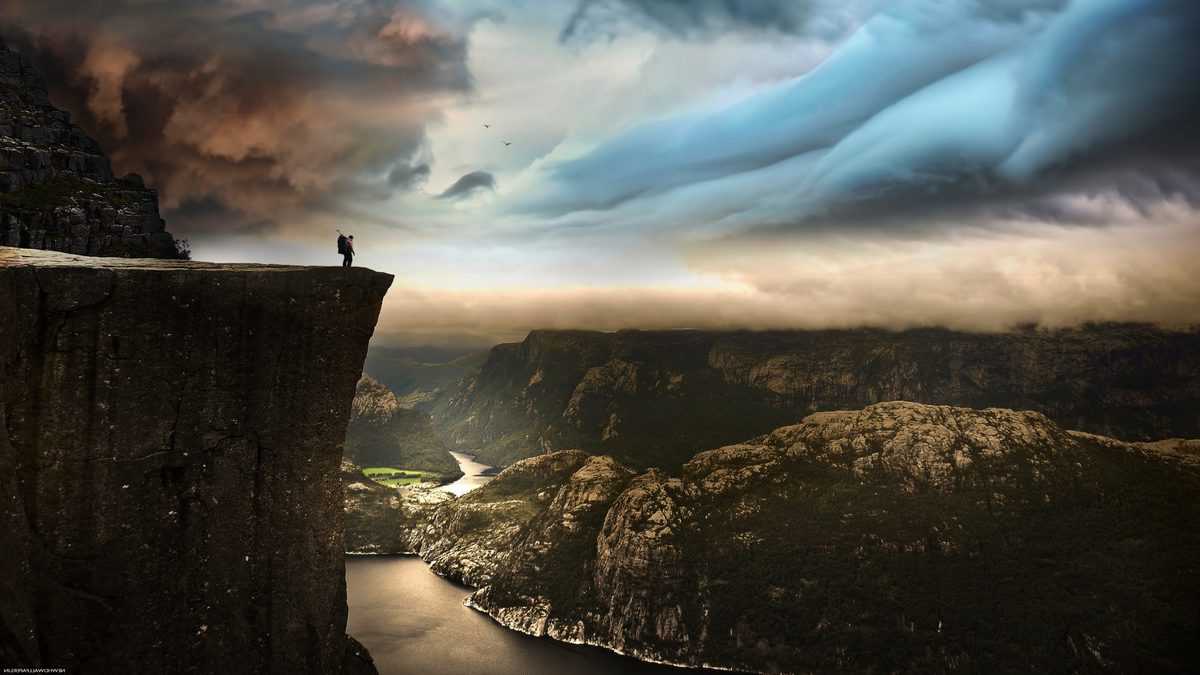
Since time immemorial, human beings have yearned for longer and healthier lives. In our folklore, there are some people who have hungered for immortality. Mankind’s cherished aspirations of possessing good health and longevity have led to some of our outstanding discoveries in science and preventive medicine.
But despite trying out various lifestyle and dietary changes, many of us develop diseases as we age. We lose strength and agility in our limbs. Added to that is a mental decline that sets in with age. Under life’s pressures, many develop heart problems and die in younger age. Some well-known examples are singer KK, comedian Raju Shrivastav (who died while working out at a gym), Kannada actor Puneeth Rajkumar and several others. To counter decline in health, we should study the beneficial factors that lie in the blue zones on our planet.
What are blue zones?
The name Blue Zone was given by chance. Scientists studying these areas marked them on the map with blue pens and therefore these regions acquired that tag.
Blue Zone is a term used to denote certain places where the inhabitants enjoy exceptionally long lives. Many are fit and healthy even after crossing 80 years of age. These areas are Okinawa Prefecture in Japan, Nuoro Province in Sardinia (Italy), the Nicoya Peninsula in Costa Rica, Loma Linda in California and the island of Icaria in Greece. There are also pockets like the Hunza Valley in the Himalayan region of Pakistan and specific areas of Azerbaijan where the same phenomenon has been noticed.
A lifestyle filled with outdoor activities, simple but healthy food, and good companionship were the essential contributors to this phenomenon. It was found that a good family environment contributed to long life. However, not all scientists agree with the findings in the blue zones and the theories arising from it. Nevertheless, the hard evidence of longevity is present in these regions and that cannot be denied.
Sports may not lead to good health
Here one must remember that there is a difference between sports fitness and health. Sportsmen and women who are capable of performing incredible feats on the sports fields are extremely fit. But internal health and longevity is a different matter.
Arnold Schwarzenegger has had four heart surgeries and now lives with a pacemaker embedded in his chest. His successor Ronnie Coleman who did even better than Arnold, ruined his spine with heavy lifts and now is wheelchair-bound. Many others suffer from arthritis. So taking part in hectic sports activity may wear out the human body and is definitely not the path to longevity.
Apparently, a combination of a good diet, gentle activity such as walking or gardening, and having a close-knit circle of friends, can be of greater benefit to physical and mental health than marathon running or weightlifting.
Example of Hunza Valley
The nearest example to India is the people living in the Hunza Valley in northern Pakistan. They usually enjoy long and healthy lives although the region has not been included in the blue zone category. But the lifestyles of the people there correspond to the basic principles of people living in the blue zones.
Researcher Robert McCarrinson, who lived with the Hunza people, testified that the majority of the inhabitants of the region did not suffer from diabetes, hypertension, cancer, and stomach ulcers. High levels of exercise due to landscape and geography enabled them to be active and agile into their old age.
Many years ago, National Geographic magazine published an article about these people and their lives. The secret behind their disease-free life was their diet and the unpolluted air and water of the region.
Exercise is important
The environment in the Hunza Valley is mountainous with rough terrain. The villages, some of them almost 1000 years old, are isolated. The inhabitants have to walk long distances every day, and so they get plenty of the right kind of exercise.
When it comes to diet, they eat meat but in limited quantities. They eat a lot of locally grown apricots, cherries, grapes, and peaches. Other than these, food consists mainly of chapati and dal. There are no supermarkets so there are no processed food products.
Varying diets
What is interesting to note is that persons residing in the blue zone regions follow different dietary habits. There are geographical and cultural differences within the blue zones that have resulted in different diets among the people. For example, people in Sardinia, Italy, consume more alcohol than those in the other blue zone areas. People in Okinawa, Japan, consume a large amount of seafood. The Hunza people eat plenty of dry fruits. But the common basic factors are moderation in food intake, plenty of mild exercise, and a happy frame of mind.
Sometimes it is difficult to replicate these factors in the midst of a hectic city lifestyle. In the cities, food is bought from supermarket shelves, many hours are spent driving vehicles and there is little time for daily socialising and small talk. But with a little effort, a few changes can be made. Even if small improvements are carried out, then perhaps it will be a step that may ensure a healthier, happier future and a longer lifespan.



